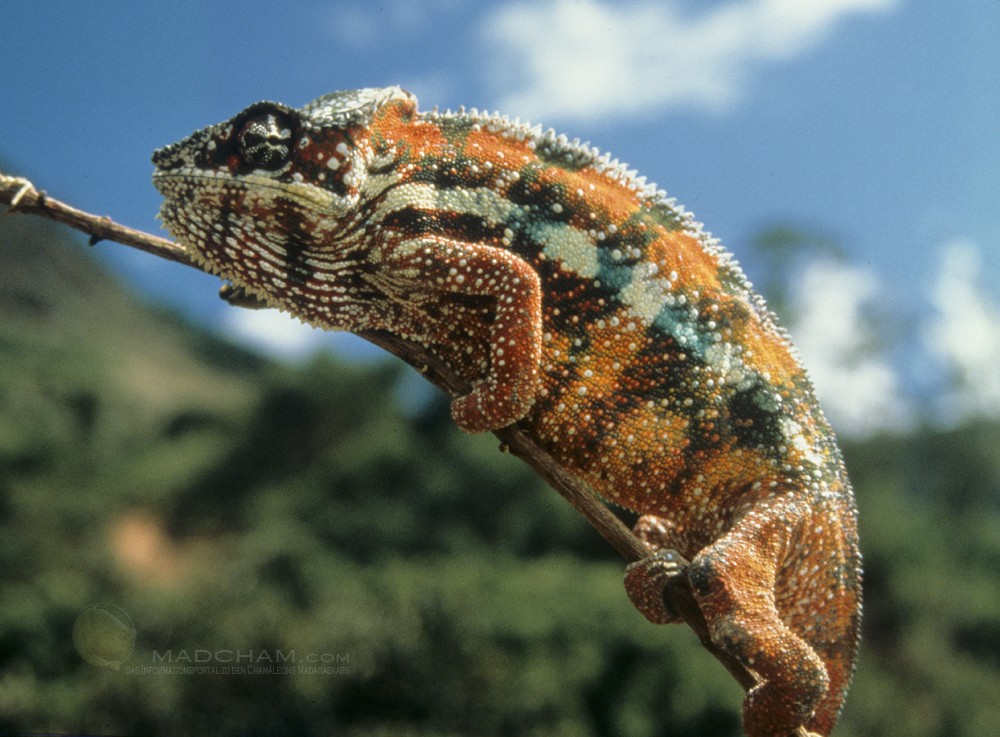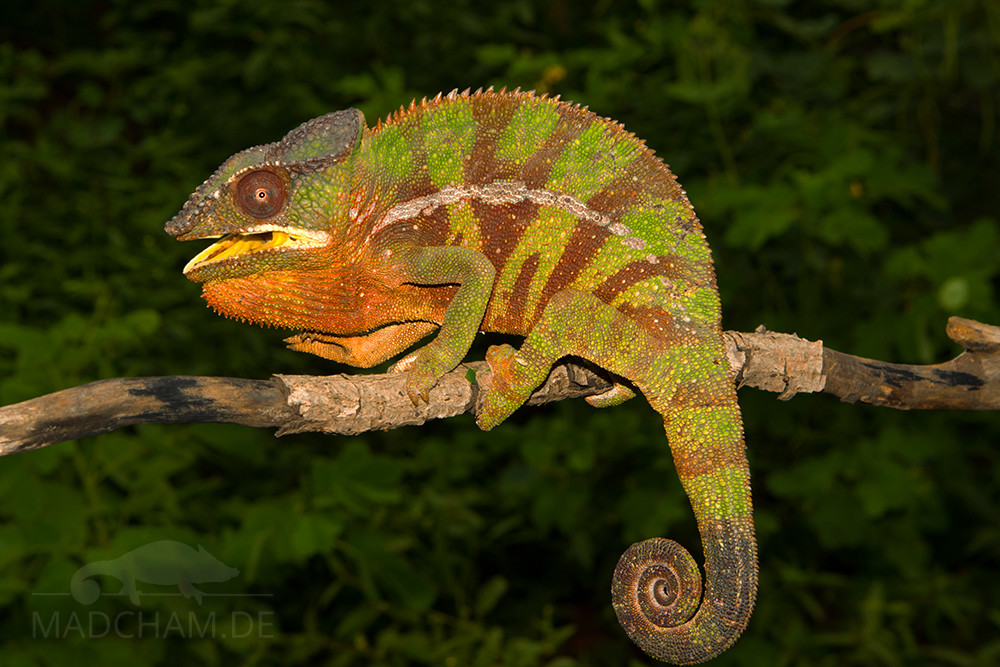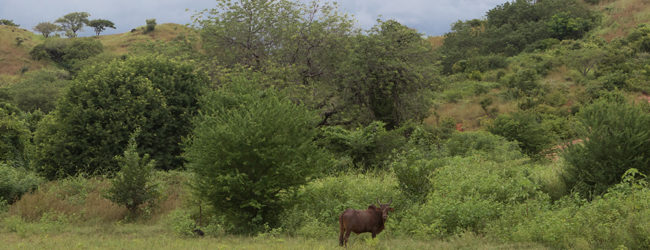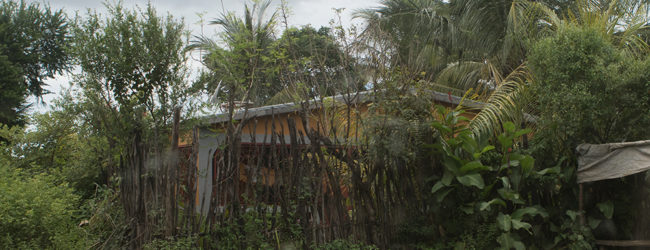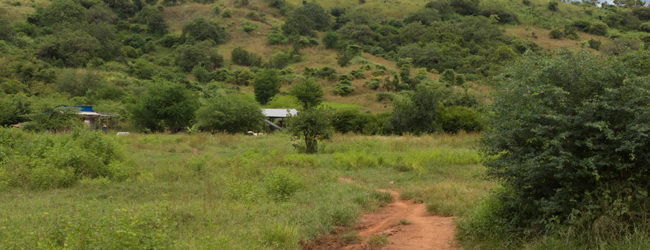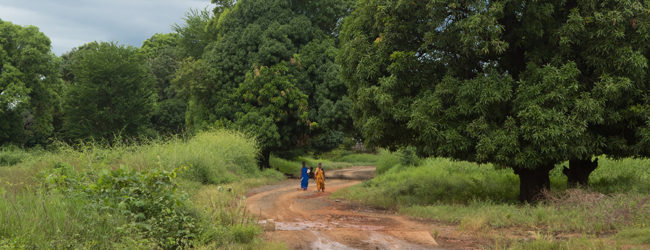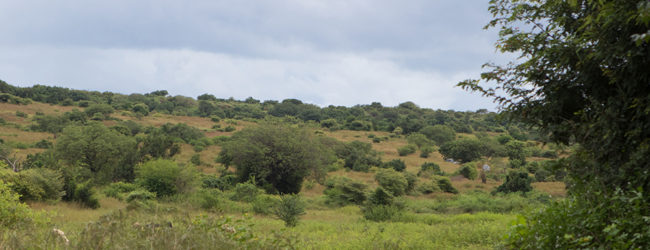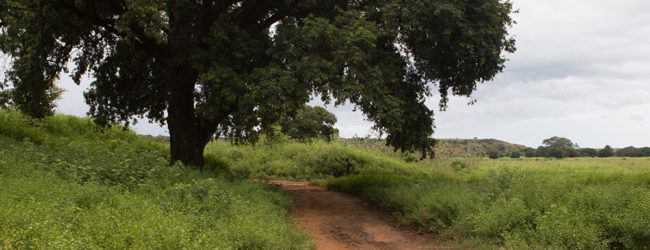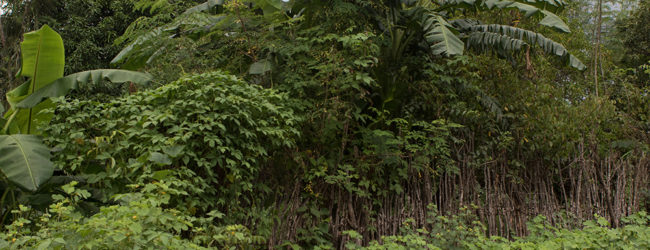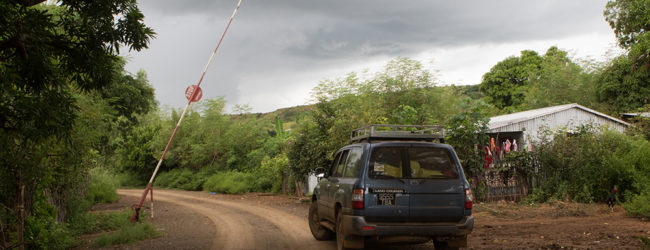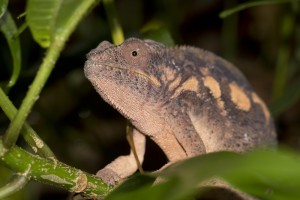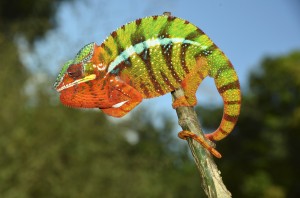Distribution of the local form Mangaoka:
The hut village Mangaoka is located in the northwest of Madagascar in the region Diana, actually not far from the big city Antsiranana (French Diego Suarez). However, the way to Mangaoka is very difficult to drive, especially in the rainy season. Sand tracks, mirror-smooth mud hills, and wobbly wooden bridges prevent most people from coming here at all. Mangaoka itself is a small village and unfortunately, has been enormously dirty for years with lots of garbage and rubbish heaps. Around the village, there is only secondary vegetation: bushes, a few large mango trees, and low scrub. Mangaoka is bordered in the north and west by the Mozambique Channel. Towards Diego Suarez and south there are wide mangrove belts.
Appearance of the local form:
In Mangaoka and surroundings one can find very beautiful, yellow-orange colored male panther chameleons. When not stressed, most animals show green color in the otherwise yellow-orangeish parts. Some years ago we got some imported animals from a biologist from this region ourselves and successfully bred them.
Weight table
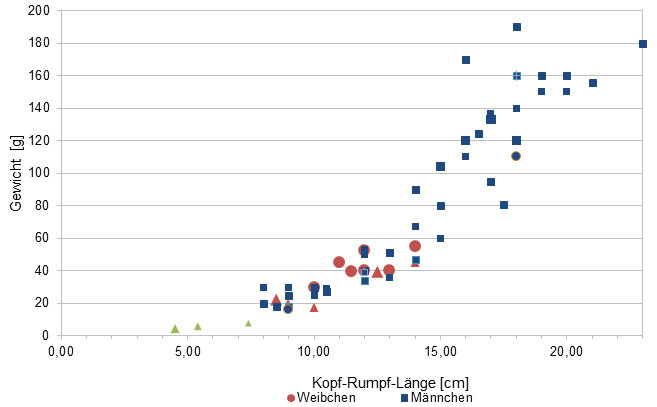
Gewicht = weight in grams, Kopf-Rumpf-Länge = snout-vent-length in cm, Weibchen = females, Männchen = males
Since 2015, we have been measuring the weights of chameleons found by us in Madagascar, as far as the animals (and our scales) participate. In the long term, we aim to obtain an average weight in relation to snout-vent-length (measured from the tip of the nose to the cloaca) for each species from as many measurements as possible. It is important to know that all weights were measured towards the end of the rainy season (= best food supply), so these should be maximum weights on Madagascar. Triangular symbols in females mean not pregnant, round symbols mean pregnant. In Furcifer pardalis, contrary to our original assumption, it has so far turned out that there are no serious differences in the ratio of SVL to weight between the individual local forms.
| Jan | Feb | Mar | Apr | May | Jun | Jul | Aug | Sep | Oct | Nov | Dec | |
| Average temperature | 27 | 27 | 27 | 27 | 26 | 25 | 24 | 24 | 25 | 26 | 27 | 27 |
| Minimum temperature | 23 | 23 | 23 | 22 | 21 | 19 | 19 | 19 | 19 | 21 | 22 | 23 |
| Maximum temperature | 31 | 31 | 31 | 31 | 31 | 30 | 30 | 30 | 31 | 31 | 31 | 31 |
| Rain days | 27 | 25 | 20 | 11 | 6 | 6 | 8 | 7 | 5 | 8 | 14 | 23 |
We have collected the data given above over several years with thermometers and hygrometers at the finding places of the chameleons. "Average temperature" means that values of a whole month have been calculated to one average value per month. For example all measured minimum temperature values of February have been calculated to one average minimum temperature for February. In plain language, this means single peak values of a day may be a little higher or lower than the average minimum and maximum temperatures. It is possible that a location has an average maximum temperature of 29°C, but one day during that month it had 33°C or even 35°C there.
Rainy season in Mangaoka from October to April is very, very warm. Temperatures above 30°C are pretty normal. At night, temperatures drop a little but still stay around 25°C. Humidity is enormously high due to constant rainfall.
From April on, climate changes massively. Days still usually have temperatures above 30°C, but at night they drop until 19°C. It rains only few days per month so it gets much drier in this season.
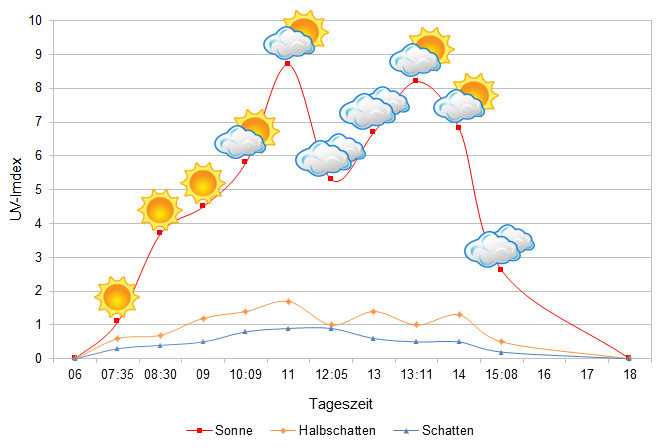
We have measured UVB data with a Solarmeter 6.5 in spring (end of March) at the peak of activity of chameleons in Madagascar. We always measured the values that a chameleon could maximally reach in its habitat.
Habitat:
The panther chameleons here live exclusively in secondary vegetation, between deforested tree remains, bushes and mango trees. You can even find them on fences here – although the “fences” here are simply put together branches in the middle of sprawling greenery, not to compare with the European idea of a “fence”. In the rainy season, everything here is very green, in the dry season, the area becomes yellow, dry and harsh. The pictures show the end of the rainy season.

